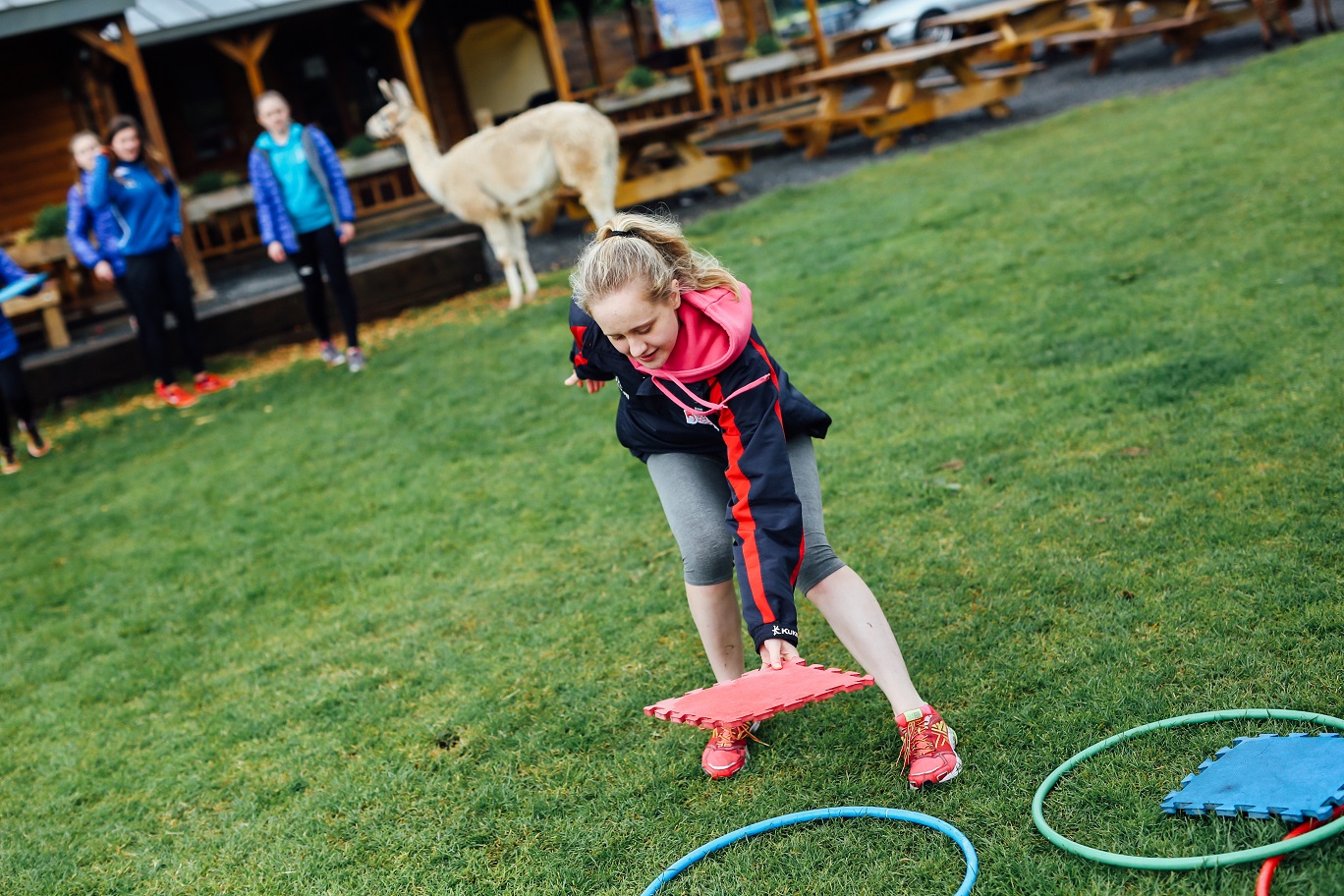Shooting has long been a staple at the Olympics, with the sport appearing in the first modern Olympics in 1896. While competitors typically shot at disc-shaped targets called clay pigeons, the 1900 Games in Paris went with livelier targets – real pigeons. Live birds were held and released, as athletes took aim at the moving targets. Reportedly more than 300 birds were killed in the event. Although PETA wasn’t around at the time to protest the use of animals, Olympics officials decided to skip the living targets from then on. /download-free-racing-pigeon-books.html. When the London Games of 1908 featured running deer as targets in the shooting event, cardboard cut-outs were used.
(MORE:Is That a Missile System on Your Roof? Olympic Security Plan Irks Londoners)
Shooting was one of the nine events at the first modern Olympic Games in Athens, in 1896. Early competitions included some events now regarded as unusual, such as live pigeon shooting in 1900; dueling in 1906 and 1908; and numerous events restricted to military weapons. After the 1900 games, the pigeons were replaced with clay targets. Now it’s boiling hot, the 2012 Pigeon Olympics practicing has returned to the streets of London, big time. With so much time lost due to the monsoon, the pressure is on. Suddenly, almost overnight, the vibe in town’s gone full on festival.
NextTug-of-War
/bring-your-a-game-pigeon-john.html. The most storied tradition of every Olympic Games is arguably the lighting of the Olympic cauldron during the elaborate and celebratory opening ceremony. Still, the Olympic torch isn't the only tradition you'll see at Friday's kickoff celebration in Rio. The opening ceremony will likely also feature a dove release, which symbolizes the need for peace around the world.
The Opening Ceremony's dove release is one of the oldest Olympic traditions on the books. In ancient times, Olympic ceremonies supposedly released homing pigeons to let villagers in an athlete's hometown know that their athlete had won a competition. The pigeon release actually served a practical purpose, giving townspeople enough notice to prepare the welcome-home celebration of victorious athletes, according to NBC.
Game Pigeon Olympics Twitter

Pigeon Games Free
In recent history, the dove release has become much more symbolic, serving as a sign of peace. It's fitting, then, that the modern dove-release tradition became an official part of the Olympics' opening ceremony for the first time in 1920. The summer Olympics in Antwerp, Belgium that year were the first installment of the games since World War I had come to an end. In other words, it was a year when peace was a welcome change for the world. Since that time, the dove release has reminded athletes and viewers alike that the Olympics are a time to come together competitively, but peacefully, in celebration of unity and strength.
Over the years, the Olympics' call for peace has become even more symbolic. In London, for instance, no real doves were even released. Rather, performers in dove costumes cycled around the arena, creating an artistic representation of the tradition. In Sochi, the 2014 Winter Olympics opened with a dance interpretation of the dove release. Dancers performed a 'Dove of Peace' dance with illuminated headdresses adding to the visual effects.
This year, the call for peace is as relevant as ever. For one thing, the Olympics' location has caused controversy, as Brazil struggles to navigate its way through a financial crisis, a suspended presidency, and the international health scare of the Zika virus. In the wake of recent terrorist attacks in France, Turkey, and the United States, the Olympics' peaceful symbolism resonates far beyond the borders of Brazil.
Game Pigeon Olympics
In another move to seemingly encourage peace and resilience on a global scale, this summer's Olympic competition will feature for the first time a team made up of refugees. Ten athletes from countries like Syria and South Sudan will come together to compete as one team, walking in the opening ceremony behind the Olympic flag.
Game Pigeon Online
Friday's opening ceremony will turn the world's spotlight officially on Brazil. But perhaps the real spotlight should be on the symbolic doves that are released, or on the ad hoc team of refugees who will walk together as one unit. Those are the peaceful messages that the world desperately needs to hear.